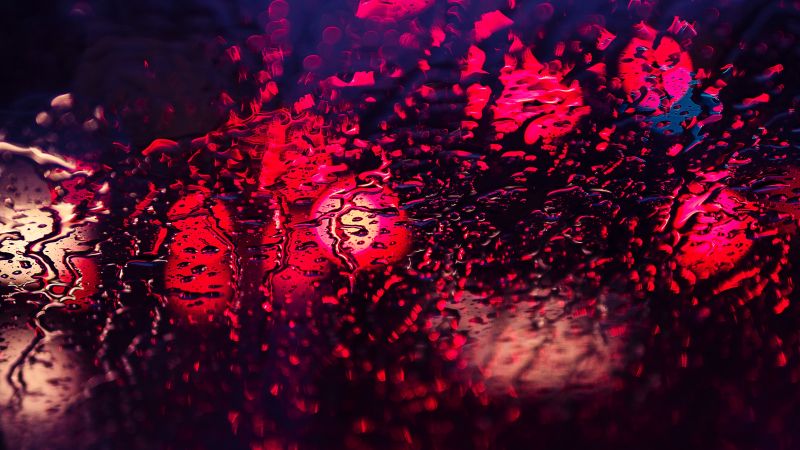
After a long struggle, European art in the middle of the 13th century broke the last Byzantine chains. Only the faint echoes of the eastern artistic manner continued to sound from time to time in the visual arts of the West. The same random echoes now found Western European styles in the art of the Christian East washed by the Mediterranean, doomed to destruction along with the Byzantine Empire. Only Byzantine monumental painting in the reign of the Palaeologus discovered a brief rise. However, whether this relative rise was due to the successes achieved by Western painting, just as the eastern architecture of this era in some localities clearly shows that after the Crusades, the East was not always alien to Western influences.
In the European West, a new direction manifested itself primarily in the field of architecture. France, in the heyday of the Romanesque century, became boldly at the head of this movement. The high Gothic born here from the middle of the 13th century began its victorious march across Europe. In different countries, this architectural style met the requirements arising from various tasks and building materials. In Germany, for example, he met such a reception that for centuries the faith in his German origin was kept. In Italy, on the contrary, he soon faced with oncoming national movement, which, thinking more about the simplicity of the interior and the nobility of proportions than about the sequence of construction, only externally took Gothic forms to give an expression to its own architectural taste.
In the field of visual arts there are similar phenomena. North of the Alps in plastic - both in monumental stone sculptures, which decorated the facades and interior of Gothic buildings, and in gravestone stone or bronze sculpture, which became increasingly realistic and portrait - France remained at the head of the movement. Coming out of the classic ideal style, a bold impulse of which soon began to degenerate into mannerism, the French plastic then became all the more realistic as the Dutch influence grew stronger on it. Also for German plastics in many cases, its direct connections with French art can be proved; nevertheless, the presence of many distinctive features cannot be denied in its strongest creations. German art, with its characteristic sense of living reality and rather strong than graceful sense of style, perceiving French influences, independently reworked them. The great sculptor Klaus Sluter, who with his works made in the capital of Burgundy, long ago French, set the bar high for the work of all the northern plastics, was both by descent and artistic manner came from Northern Germany.
Similarly, the situation was in painting, where during the one and a half centuries that occupied us, the transition from the medieval ideal style to the naturalistic style of the 15th century, accomplished through careful, love study of the smallest details of nature and the works of human hands, can be traced more clearly. Monumental painting in the north no longer plays the role as in the previous time. France is no longer as prominent in easel painting as in architecture and plastic. The fact that easel painting, partly originated from carved altars, partly from miniature painting, reached a comparative flowering in Germany, cannot be eliminated by referring to the chance of saving a significant number of German paintings. True, miniature painting, in which the striving for exact imitation of a changeable nature, most dramatically, reached the greatest freedom of style in manuscripts in French. Paris remained the main center of miniature art, but for all that, the miniatures marked by the end of this epoch marked by the new direction were mostly made by Northern German masters. That the living sense of reality, peculiar to German-Dutch artists, entered as one of the main tasks in the field of realistic movement of the end of this time, it is as doubtful as the fact that this North German feeling found its artistic language primarily in the service of French customers.
In the XIV century, a new, more stylish Italian painting tried to conquer the north through Avignon and Prague. Perhaps, however, it influenced Prague through Avignon. But if these local invasions of Italian art and suppressed the further development of the northern naturalistic movement, by 1400 almost reached their goals, then they still could not stop it.
Contrary to the striving at the birth of each new style to strictly distinguish between the giving and receiving sides (artists and society), it should be remembered that the same progressive direction often gave rise to similar artistic phenomena in different localities. Around 1400, all advanced nations of Christian Europe demanded that their art speak their native language and reflect their native nature.
Что бы оставить комментарий войдите
Комментарии (0)